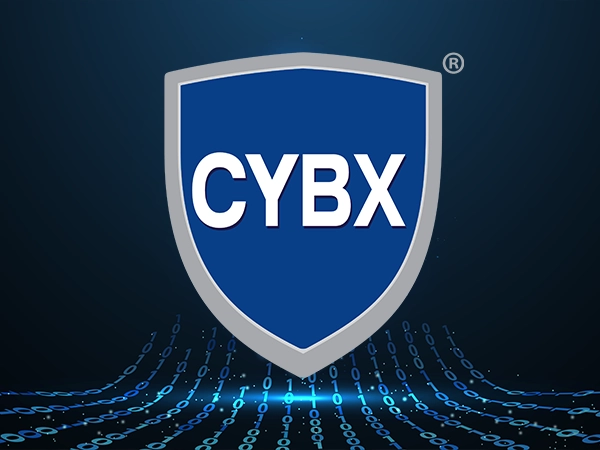Imagine a world where the internet is censored, disconnected, or taken down during political unrest or natural disasters. In such scenarios, many wonder: Can Bitcoin survive without the internet? The answer lies in an emerging frontier: Bitcoin mesh networks and satellite nodes.
What is a Bitcoin Mesh Network?
A mesh network is a decentralized, peer-to-peer network that allows devices to communicate without traditional internet infrastructure. In the context of Bitcoin, these networks allow for off-grid transactions, data transmission, and block relays.
Technologies Enabling Offline BTC Use
- Blockstream Satellite: Offers global Bitcoin blockchain data through satellites. You can run a Bitcoin node anywhere on Earth without internet.
- LoRa (Long Range Radio): Users in Venezuela and Africa have used LoRa-based mesh devices to send Bitcoin transactions offline.
- SMS & HAM Radio: In extreme cases, BTC has even been broadcast via ham radios or old-school text messaging.
Why This Matters
- Censorship Resistance: Authoritarian governments may block internet or crypto sites. Mesh networks bypass centralized ISPs.
- Disaster Resilience: Earthquakes or wars can disrupt the internet. Mesh and radio tech can keep value flowing when banks and ISPs fail.
- Privacy Protection: Sending BTC through non-traditional methods makes surveillance significantly harder.
The Constraints You Should Know
While promising, offline Bitcoin transfer methods come with limitations:
- LoRa: Very limited range and bandwidth, making it impractical for high-volume use.
- SMS: Susceptible to interception and surveillance by telecom providers.
- Block relay latency: Transactions may experience delays, causing verification gaps.
Transaction Security Risks
Offline relays create verification delays, which may leave room for double-spend attacks or fraudulent confirmations. Without immediate blockchain validation, users must trust the relay medium, opening potential vulnerabilities.
Potential Attack Vectors
- Radio interception of signals sent via LoRa or HAM.
- Spoofed nodes joining the mesh and spreading false data.
- Man-in-the-middle attacks that modify or block relayed transactions.
Future Directions: Merging Tech for Resilience
Researchers are already experimenting with combining mesh networks with Starlink satellites, satellite IoT devices, and 5G fallback connections. These hybrid models could drastically reduce latency, expand coverage, and harden defenses against censorship.
How to Get Started
- Buy a Blockstream satellite kit or DIY your node.
- Explore LoRa mesh tools like goTenna or TxTenna.
- Join communities experimenting with Bitcoin via radio/SMS, like Locha Mesh or Raspiblitz users.
Final Thoughts
Bitcoin was born for resilience. With satellite, radio, and mesh-based alternatives, your Sats don’t need the internet to move. But it’s not without challenges—offline methods face real-world limitations and attack risks. The future may lie in combining mesh with next-generation networks to keep transactions both sovereign and secure.
Freedom doesn’t wait for 5G. Your Sats shouldn’t either.
Stay sovereign. Stay connected. Even without the internet.











